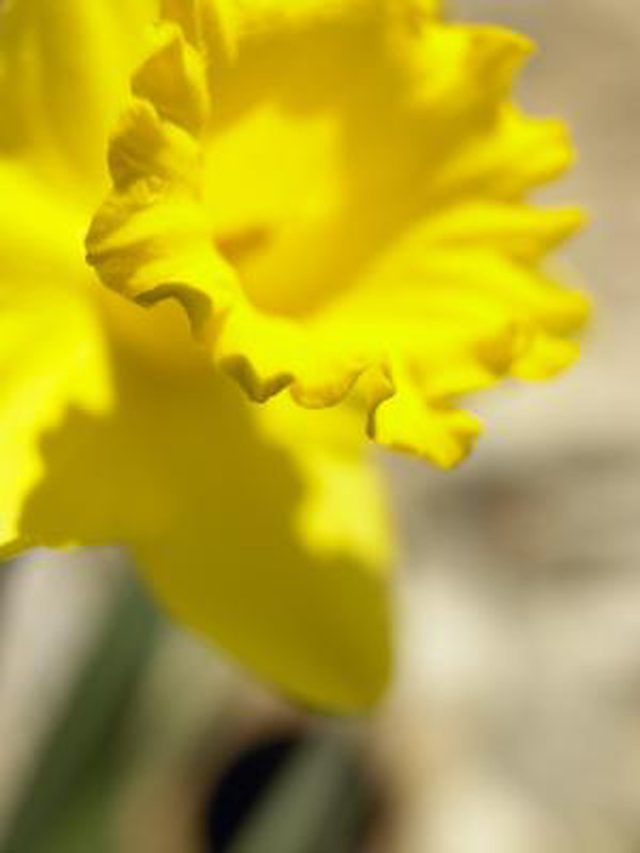Bulbs
Flower Basics
Flower Beds & Specialty Gardens
Flower Garden
Garden Furniture
Garden Gnomes
Garden Seeds
Garden Sheds
Garden Statues
Garden Tools & Supplies
Gardening Basics
Green & Organic
Groundcovers & Vines
Growing Annuals
Growing Basil
Growing Beans
Growing Berries
Growing Blueberries
Growing Cactus
Growing Corn
Growing Cotton
Growing Edibles
Growing Flowers
Growing Garlic
Growing Grapes
Growing Grass
Growing Herbs
Growing Jasmine
Growing Mint
Growing Mushrooms
Orchids
Growing Peanuts
Growing Perennials
Growing Plants
Growing Rosemary
Growing Roses
Growing Strawberries
Growing Sunflowers
Growing Thyme
Growing Tomatoes
Growing Tulips
Growing Vegetables
Herb Basics
Herb Garden
Indoor Growing
Landscaping Basics
Landscaping Patios
Landscaping Plants
Landscaping Shrubs
Landscaping Trees
Landscaping Walks & Pathways
Lawn Basics
Lawn Maintenance
Lawn Mowers
Lawn Ornaments
Lawn Planting
Lawn Tools
Outdoor Growing
Overall Landscape Planning
Pests, Weeds & Problems
Plant Basics
Rock Garden
Rose Garden
Shrubs
Soil
Specialty Gardens
Trees
Vegetable Garden
Yard Maintenance
How to Plant Daffodils in Containers
How to Plant Daffodils in Containers. Daffodils, one of the earliest spring bulbs to produce flowers, are hardy in U.S. Department of Agriculture plant hardiness zones 3 through 10. Most daffodils (Narcissus spp.) require a chilling period to grow and bloom well. You can plant daffodil bulbs in containers rather than in the garden; they perform...

Daffodils, one of the earliest spring bulbs to produce flowers, are hardy in U.S. Department of Agriculture plant hardiness zones 3 through 10. Most daffodils (Narcissus spp.) require a chilling period to grow and bloom well. You can plant daffodil bulbs in containers rather than in the garden; they perform quite well in such a confined space. You can also force daffodils to bloom anytime of the year indoors in containers, provided their chilling requirements, if any, are met. To enjoy their blooms, plant them in such a way that they are likely to thrive.
Things You'll Need
Potting soil
Fill a container with about 2 to 3 inches of high-quality potting soil with fertilizer already mixed in. Lightly tamp it with your fingers. Containers that are at least 5 inches deep work well for smaller daffodils and ones that are 6 inches deep work well for larger bulbs. No matter the container, it must have a drainage hole.
Arrange the bulbs on top of the soil with the tips facing up. Rotate and push the bulbs down a bit into the soil to secure them in place. Arrange daffodil bulbs close together with about 1/2 inch of space in between.
Fill the container with potting soil until just the tips of the bulbs are above the soil line. Tamp the soil lightly. In the end, the soil should stop about 1/2 to 1 inch below the container rim.
Water the daffodil bulbs well until you see water drip out the bottom drainage hole. Check the soil one or two times a week to ensure the soil remains slightly moist.
Tips & Warnings
If the bulbs require cold dormancy, set the container in a cool area, such as a basement, refrigerator or garage, where the temperature is between 35 and 40 degrees Fahrenheit for eight to 14 weeks. If you set the container outdoors, move it to a warmer location when temperatures dip below 30 degrees Fahrenheit. If storing the bulbs In the fridge, remove ripening fruit, because fruit emits a gas that damages the bulbs, causing them not to bloom during the growing season.